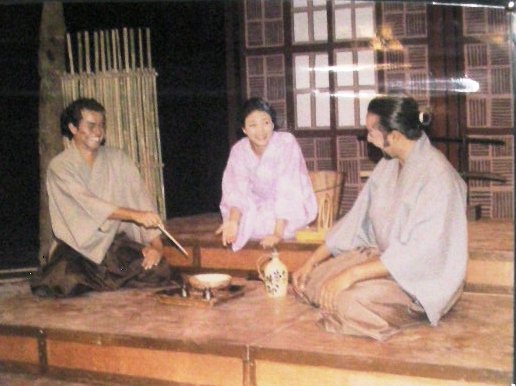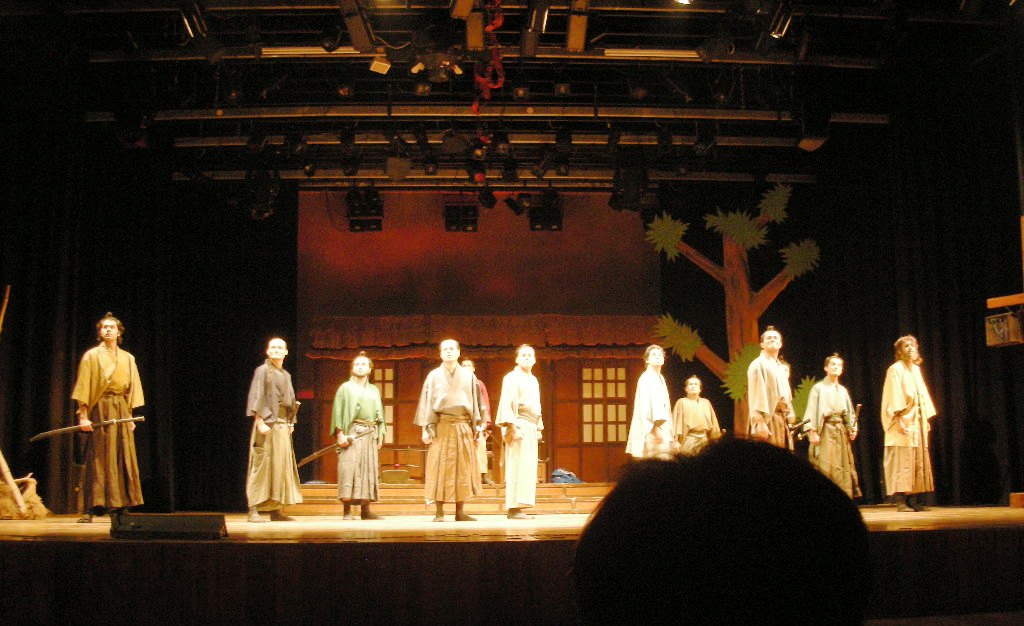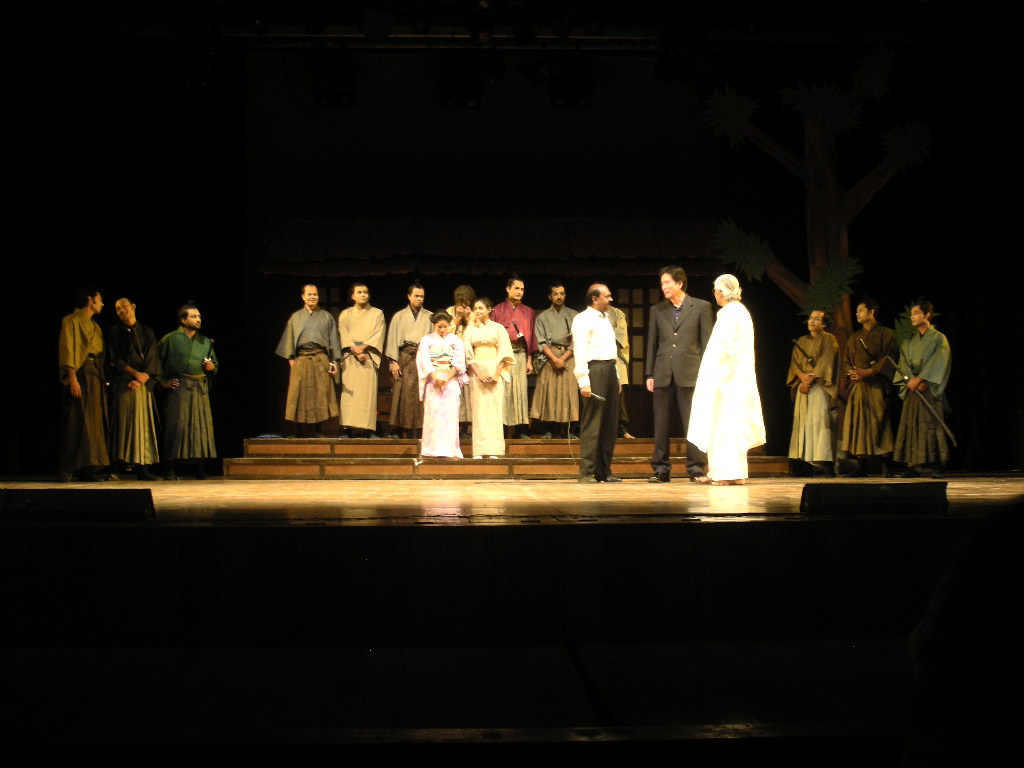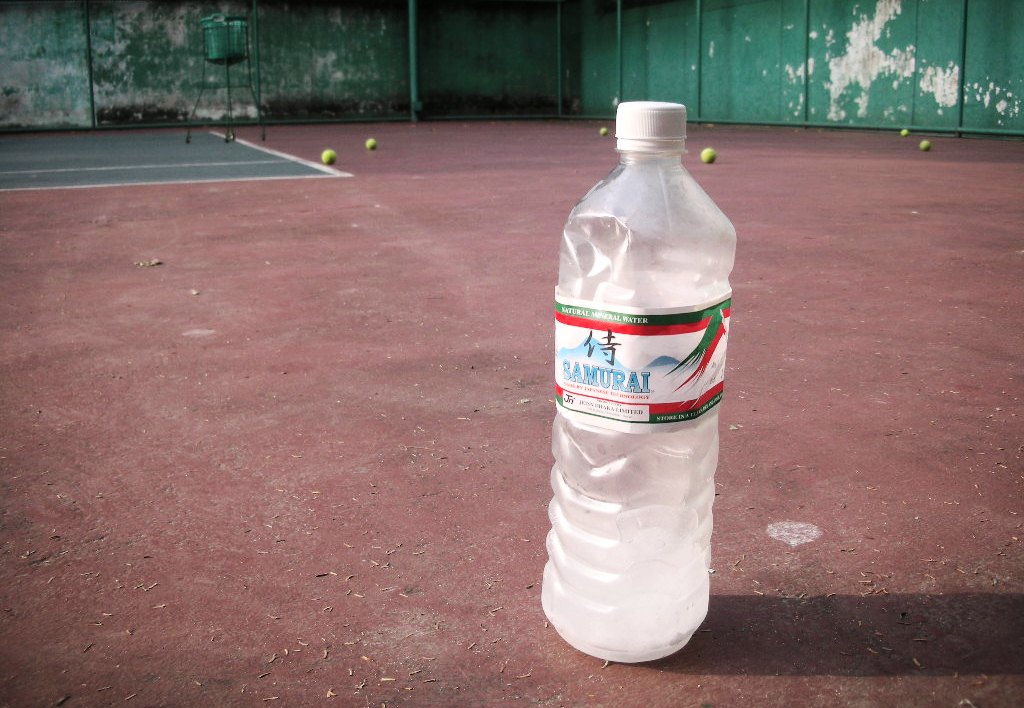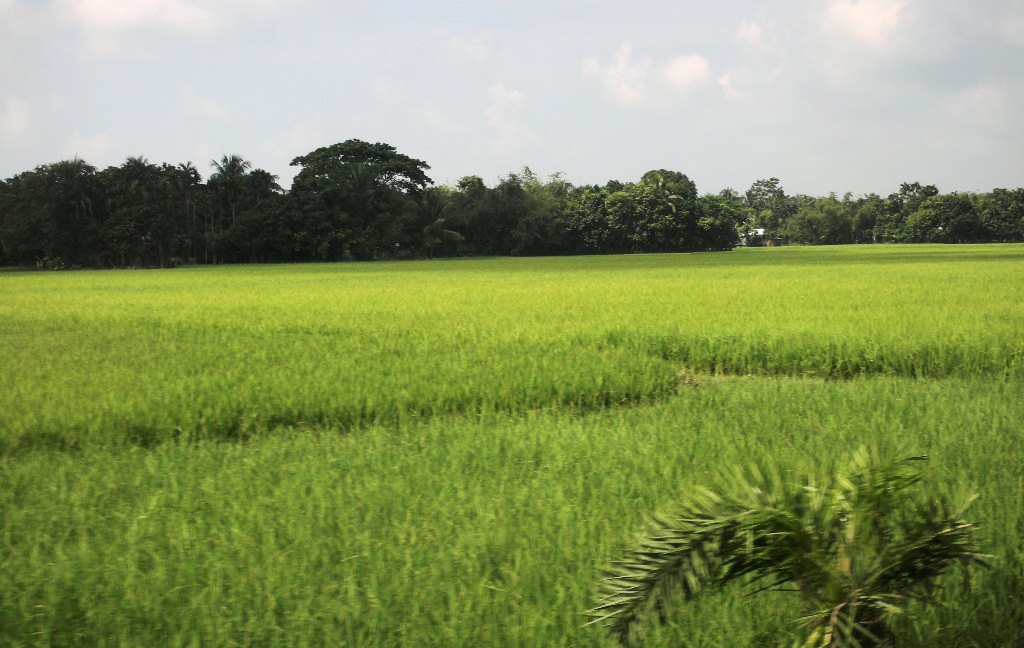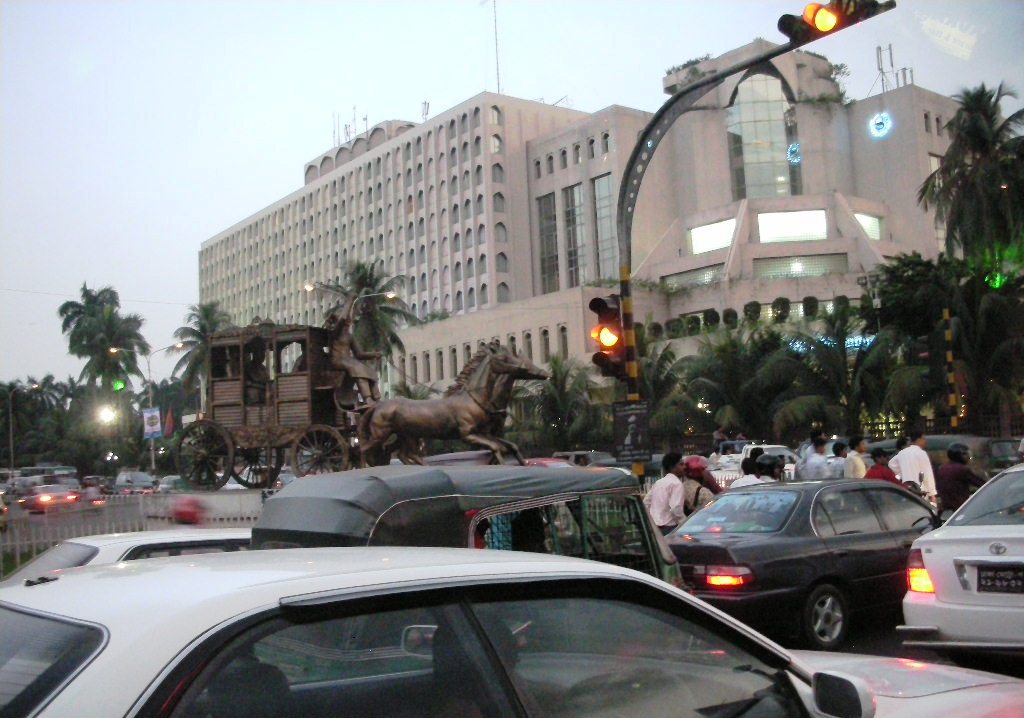Kome Hyappyo 米百俵

One Hundred Sacks(Bags) of Rice playwright: Yuzo YAMAMOTO 山本有三 translation:Prof. Abdus SELIM director: Golam SARWAR
This historical anecdote symbolizes the idea thst patience and perseverance in the present will lead to profit in the future. この逸話は、現在の辛抱が将来の利益になることを 象徴する物語としてしばしば引用される。
The Nagaoka Domain suffered great destruction during the Boshin War of Meiji Restoration in the late 1860s and much of their food-production capability was lost. 明治維新の戊辰戦争で敗れた長岡藩は、大幅に用地を失い、 財政が窮乏し、藩士たちはその日の食にも苦慮していた。
The neighboring Mineyama Domain provided assistance in the form of one hundred sacks of rice. 窮状を見かねた三根山藩から、百俵の米が贈られることになった。
The rice was intended for hunger relief but Kobayashi Torasaburo, one of the chief executives of Nagaoka, proposed a plan to sell the rice and use the money for education instead. 贈られた米は、藩士たちの生活を助けるためのものであったが、 長岡藩大参事の小林虎三郎は、売却して学校設立を決定する。

Samurai clan leaders and the famished public initially protested the idea, but Kobayashi appealed, saying " If hundred bags of rice are eaten, they are lost instantly, but if they are put towards education, they will become the ten thousand or one million bags of tomorrow" 藩士たちは驚き反発し押しかけて抗議するが、小林は 「百俵の米も、食えばたちまちなくなる。教育にあてれば、 明日の一万、百万俵となる」と諭す。
Kobayashi prevailed and the rice was sold to finance the construction of the Kokkan Gakko school. 小林は自らの政策を押し切り、「国漢学校」を設立する。
SAMURAI 侍
This ideal of enduring pain today for the sake of a better tomorrow. この物語は、「米百俵の精神」として、今日も受け継がれている。
Prome Minister Koizumi Junichiro quoted the story in one of his inaugual speeches in 2001. 小泉純一郎首相が国会所信表明演説で引用し、 有名となり、2001年の流行語となった。

See you soon!
